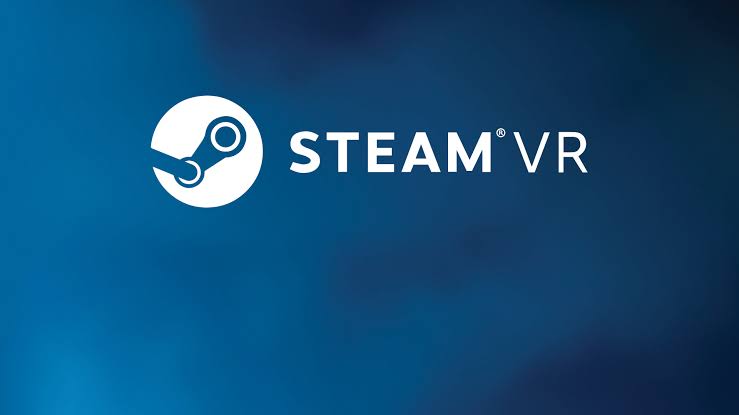
Story Highlights
- Valve is integrating Wayland’s DRM in its Steam OS micro-compositor Gamescope. Various Valve products, including SteamVR, use the micro-compositor.
- The DRM Leasing will reduce the latency derived from server-routed displays.
- It does this by “allotting pixel buffers” and then tendering those pixels in “sync with the display’s refresh rate.”
Valve is looking to upgrade its Steam OS compositor with Wayland’s DRM Leasing. Steam OS compositor is more widely known as Gamescope. Integrating Wayland DRM into the compositor Gamescope will help better the display performance of Valve’s hardware products, such as the Steam Deck. Gamescope has also recently added some support for Valve’s SteamVR software.
And, as found by a well-known VR insider and dataminer, Brad Lynch, Valve is possibly incorporating the DRM into SteamVR. And, as speculated by Brad Lynch on Twitter, this would increase SteamVR’s control over the performance of VR headsets. It would also let it have direct control over the display output. Which, in turn, will reduce the problem of latency in the display performance that originates from server-routed displays.
Valve is currently working on bringing Wayland's "DRM Leasing" to the Steam OS compositor (Gamescope)
— SadlyItsStinky (@SadlyItsBradley) March 31, 2023
The primary use-case is allowing DRM leases for VR HMD displays so they can have direct control over the respective output in a performant manner
It also hints to HDR support pic.twitter.com/LWhuA3EHgi
DRM Lease works by allowing a client to “borrow its resources so it can derive your display directly.” This helps reduce the latency by “allotting pixel buffers” and then tendering those pixels in “sync with the display’s refresh rate.” This is ideal for VR applications as the latency increases when they “route” the display through a server. So the direct display helps reduce the unwanted latency to the minimum.
The Wayland project is mostly focused on making micro-compositors for Linux systems. On the project’s website, the Wayland Project is described in the following way,
Wayland is a replacement for the X11 window system protocol and architecture with the aim to be easier to develop, extend, and maintain. Wayland is the language (protocol) that applications can use to talk to a display server to make themselves visible and get input from the user (a person). A Wayland server is called a ‘compositor.’ Applications are Wayland clients.”
SteamVR is also known for its problems with supporting HDR. The users of the software have long demanded a solution for this. So far, Valve has done little to nothing to address that. But that’s probably going to change as the data mined by Brad Lynch also hints at HDR support for Steam VR.
Recently, Valve has been very proactive in fine-tuning its SteamVR. They recently released a SteamVR Beta 1.26.1 update. The new update included an “automatic rebounding function” for controllers. A new handlebar UI was also included that enables the players to move the Dashboard as they will.
SteamVR is a VR software toolkit developed by Valve. It was initially launched in 2016. For now, it is only available for Microsoft Windows. The software is free, but the players will have to pay for the VR games. SteamVR is compatible with Oculus Rift, HTC Vive, Windows Mixed Reality headsets, Valve Index, and HP Reverb G2. It also runs on other headsets such as Primax 5K Super and Samsung Odyssey.
Thanks! Do share your feedback with us. ⚡
How can we make this post better? Your help would be appreciated. ✍



